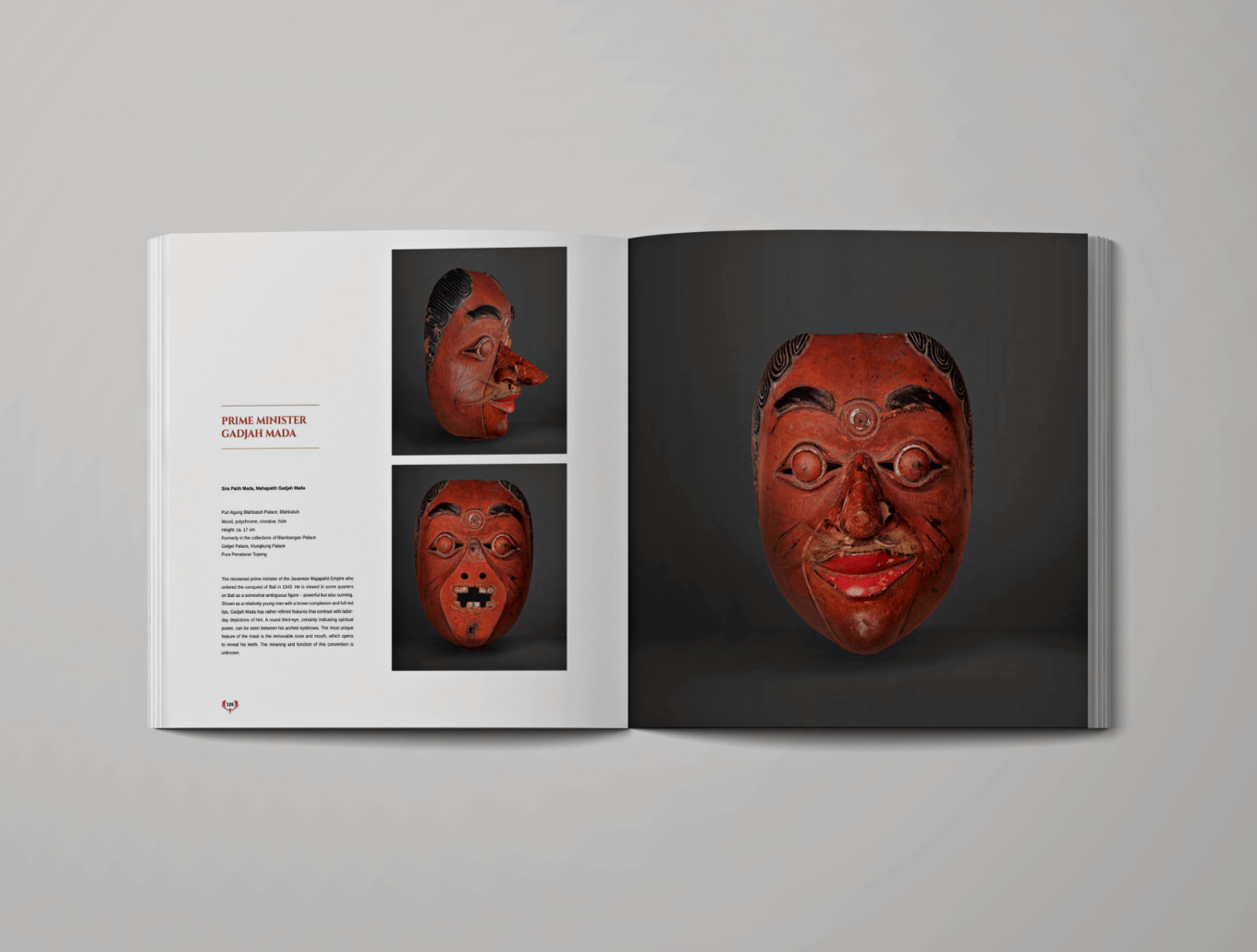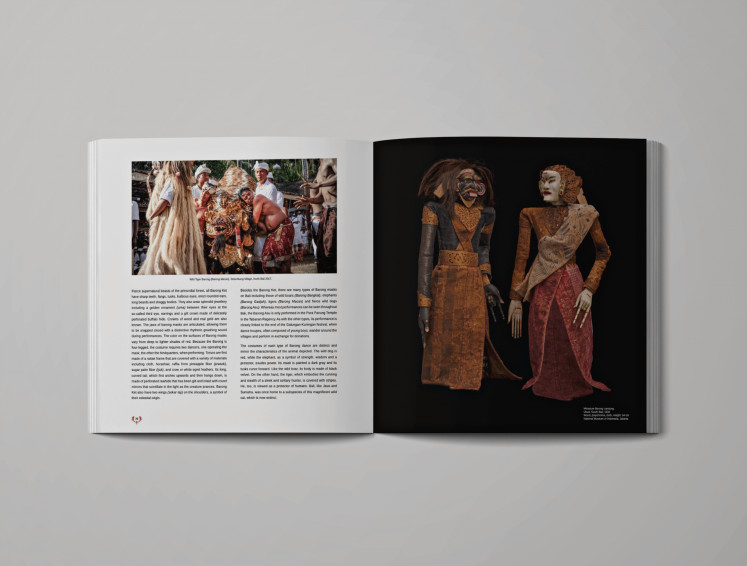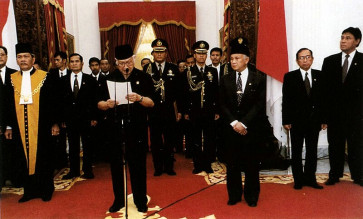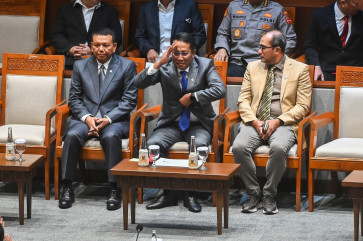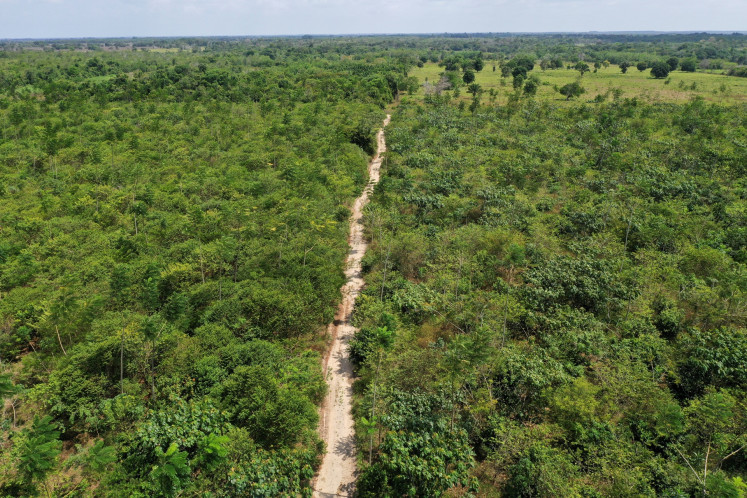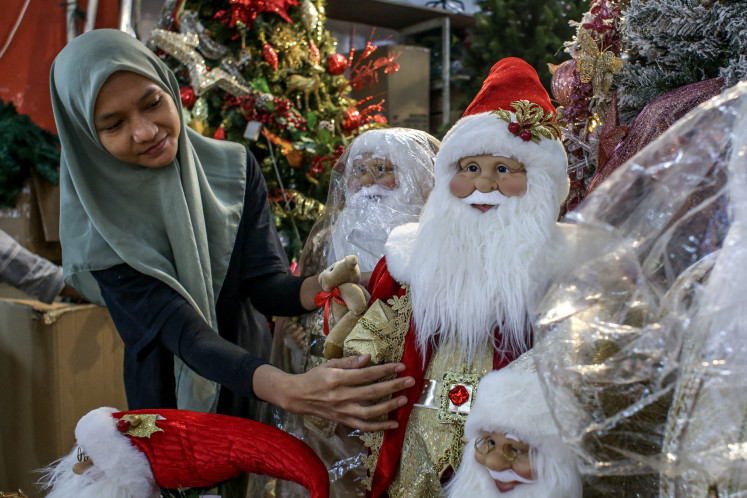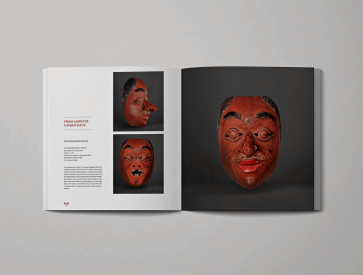Popular Reads
Top Results
Can't find what you're looking for?
View all search resultsPopular Reads
Top Results
Can't find what you're looking for?
View all search resultsBook Review - Masks of Bali: Between Heaven and Hell
Change text size
Gift Premium Articles
to Anyone
Masks of Bali: Between Heaven and Hell is a comprehensive study on Balinese masks.
Created according to sacred protocols, masks or topeng are recognized as living beings that receive unique offerings every 210 days. Exquisitely carved from the fine-grained white timber mainly from the sacred Pulu tree Hindu mythology recounts the tree as a manifestation of a drop of Siwa's holy sperm. However, there is much confusion concerning what is and is not authentic traditional Balinese masks used for ritual theatrical means. This is especially true post-1970 with the introduction of foreign styles and hybrid creations in the mask-making epicenter of Mas village, Gianyar. One of the objectives of Masks of Bali: Between Heaven and Hell is to address this uncertainty and set the story straight for future generations.
After more than four years of detective-like investigation and teamwork examining archives and collections worldwide, the luxurious 612-page double volume was launched in Sanur, Bali on Dec. 20, 2022. Written by Balinese cultural authority and scholar I Made Bandem and American art historian Bruce W. Carpenter, this splendid documentation of the ancient art form is richly illustrated with over 1000 color images by photographer Doddy Obenk. A foreword by President Joko “Jokowi” Widodo distinguishes the book.
Volume One, 243 pages long, is dedicated to informative knowledge beginning with a historical framework. In Masks of Gold, Masks of Wood, Carpenter’s essay examines historical and pictorial records proposing a map and chronology distinguishing Balinese mask dances into two eras, of which the first dates back to the Neolithic Period. The earliest known Balinese mask is from the Bronze Age (400 BC-400 CE) and was discovered in West Bali. Tribal mask traditions of Indonesia date back thousands of years and provide the basis for comparisons with that of the Balinese.
The next period is after Hindu and Buddhist influences arrived in the archipelago, a part of a royal Pan-Asian tradition dating to the 7th century. Evidence confirms a sophisticated mask theater in Bali from the 8th century. A double-page map illustrates the spread of the Hindu-Buddhist cultural influence throughout Asia and down into Indonesia. Carpenter notes, “Mask dances existed before the rise of the Hindu-Buddhist kingdoms but were recast in this period in new courtly surroundings as dramatic focal points.”
Living Balinese Mask Dances, Bandem’s leading essay, is devoted to traditional mask performances and dances. The nine masks’ traditions are distinguished by their iconography and function, including Topeng Brutuk, Barong, Barong Landung, Barong Dingkling, Wayang Wong, Topeng Ragnda, Topeng Bidadari, Topeng Babad and the oldest Topeng Gadja Mada. The first mention of mask dancing is within a 9th-century inscription. Masks have functioned ever since as ritual, historical, educational and spiritual objects while being viewed as a means of communication and popular entertainment.

